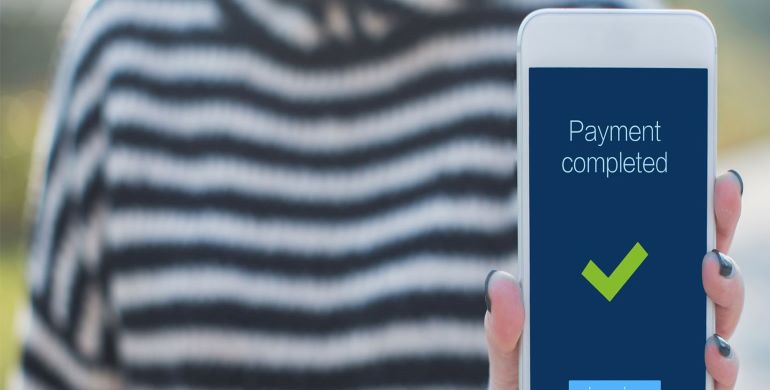
Benefits of Automating Your Bills
These days, you can pay your mortgage or rent, utilities, insurance, loans, and credit cards every month without lifting a finger. Automation is a great time saver—and it can also reduce your vulnerability to identity theft. However, make sure you use it wisely.
Getting Started
There are a few different methods you can use to automate paying your bills. If available, the most convenient option is to use an online bill-pay service. Log in to Online Banking, input who, how much, and when you want to pay, and an electronic or paper check is sent to the company. You can do it as a one-time thing or set up recurring payments.
Another option is to set it up directly with your creditor or service provider. Generally all you need to do is let them know when you want the payment taken out of your checking account and submit an authorization form. You can also use a third-party service to pay your bills. It generally does not make sense to shell out money for this if you can use a no cost option.
Avoid Complications
Putting your bills on AutoPay does not mean that you can completely forget about them. First, you want to make sure that you have enough money in your account to cover the withdrawals. If your $1,200 mortgage payment is supposed to be deducted, but there is only $800 in your account, then either your account will become overdrawn when the debit occurs or the debit won’t occur and the bill won’t be paid.
You also want to verify that the withdrawal actually occurred when it was supposed to. Mistakes sometimes happen, and you are still responsible for paying your bills on time even if someone else messed up. Don’t forget to review your statements too. If you don’t, you may miss an unauthorized charge or notice of a change in terms.
Automatic Savings
Don’t just AutoPay—AutoSave as well. If you wait and see what money you have left over at the end of the month, you may find little to nothing. You typically have two options for AutoSave: have a portion of your paycheck directly deposited into your savings account, or set up an automatic, monthly or biweekly transfer from your checking account to your savings account. If you choose the second option, it is best to schedule this to coincide with your payday. By automating, it will be easier to build toward your goals and establish an emergency fund.

